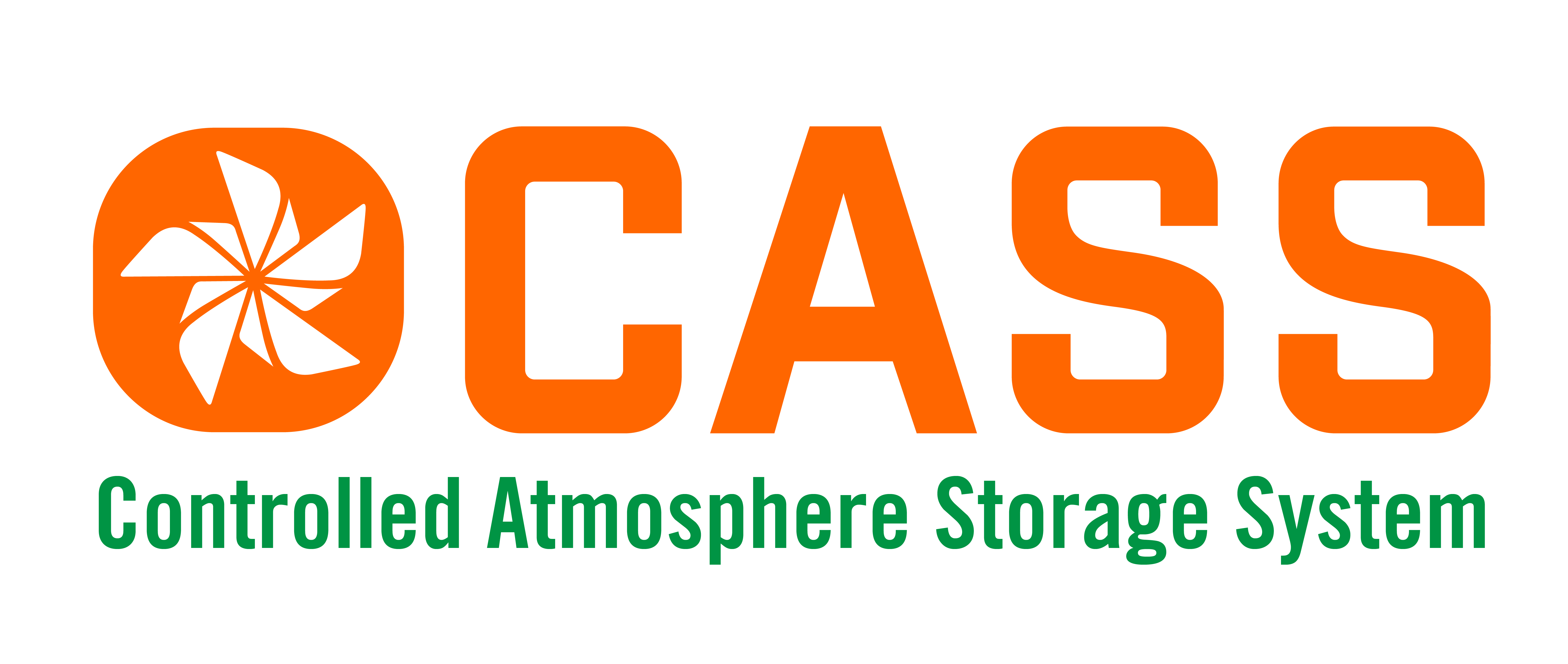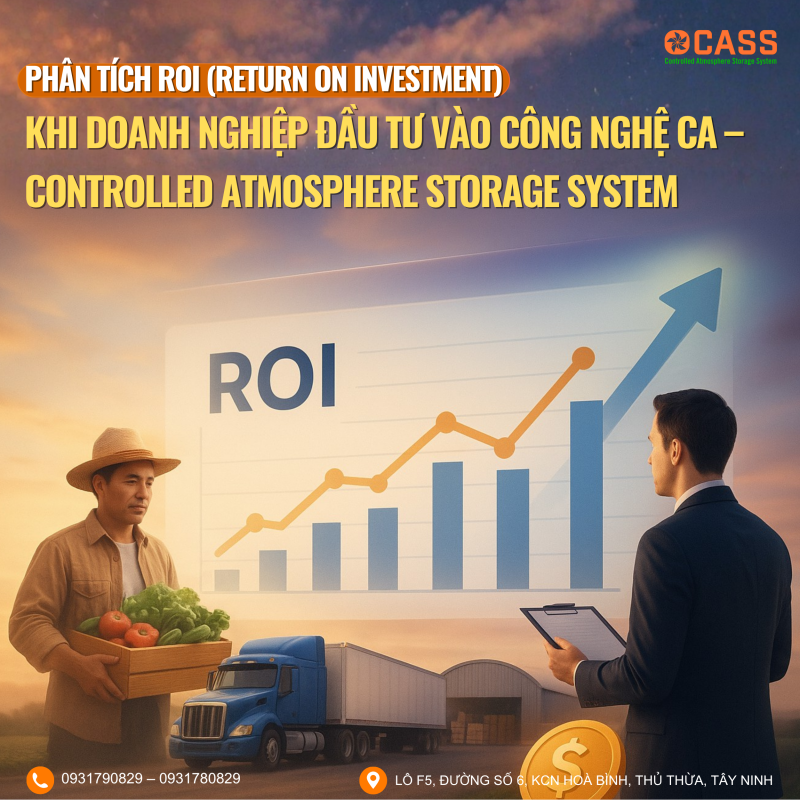1. Understanding ROI in Post-Harvest Investment
In agriculture, ROI (Return on Investment) represents the financial efficiency of capital spent on post-harvest infrastructure such as storage, logistics, or quality control systems. For perishable goods, ROI does not only depend on immediate sales but also on how effectively the system extends product lifespan, stabilizes market prices, and preserves quality.
Traditional cold storage often offers ROI within 3–5 years. However, CA storage systems—which regulate oxygen (O₂), carbon dioxide (CO₂), and humidity levels—can shorten the payback period to 2–3 years due to higher product retention value and reduced losses.
2. Quantifying the Economic Benefits of CA Storage
| Parameter | Conventional Cold Storage | CA Storage (Controlled Atmosphere) |
|---|---|---|
| Average Post-Harvest Loss | 20–30% | < 5% |
| Shelf Life Extension | 1–2x | 3–4x |
| Market Price Fluctuation Control | Low | High |
| ROI (Payback Period) | 3–5 years | 2–3 years |
| Product Uniformity | Medium | High |
| Export Readiness | Limited | Excellent |
For example, a 5,000-ton fruit storage facility using CA technology can reduce spoilage losses by up to 1,000 tons per year (equivalent to 20% of total volume).
Assuming an average market price of $800 per ton, the system helps preserve $800,000 annually—covering the initial investment cost within less than three years.
3. The Strategic Value Beyond Direct ROI
While the numerical ROI demonstrates financial gain, CA storage’s strategic returns are even more valuable:
- Price Flexibility: Enterprises can store produce during harvest peaks and sell strategically when prices rise, capturing 20–40% higher margins.
- Quality Consistency: CA technology slows enzymatic activity and oxidation, maintaining color, firmness, and nutritional content—a key advantage for export markets.
- Market Expansion: Meeting the uniform quality standards required by EU, Japan, and U.S. importers, enabling access to higher-value markets.
- Sustainability & ESG Impact: Reduced food waste and energy optimization contribute to sustainable development goals (SDGs) and brand reputation.
4. Cost Components and Efficiency Metrics
A standard CA system for 1,000 tons of produce includes:
- Initial setup cost: USD 350,000 – 500,000
- Annual operating cost (electricity, maintenance, labor): USD 30,000 – 50,000
- Value retention per cycle: USD 100,000 – 200,000
This translates to an annual ROI of 30–40%, outperforming most agricultural investments in machinery or land expansion.
5. Case Insight: The CASS Advantage
CASS (Controlled Atmosphere Smart System) integrates AI-based monitoring, real-time sensor calibration, and automated gas balancing, offering:
- Precision control of O₂/CO₂/N₂ levels by 0.1% margin
- 24/7 remote management via IoT platform
- Predictive maintenance, reducing downtime by 20–25%
- Data-driven quality analytics for export compliance
Enterprises using CASS technology report:
- 25% shorter payback periods
- 30% reduction in operational energy costs
- Up to 90% product quality retention after 6 months of storage
6. Conclusion: From Cost to Competitive Edge
Investing in CA storage—especially with integrated smart systems like CASS—is no longer a cost of preservation, but a strategy of capitalization. It transforms the storage phase into a profit center, stabilizing supply chains, empowering export readiness, and enhancing brand reliability.
In essence, the ROI of CA technology lies not only in financial metrics but also in its capacity to make agricultural enterprises more resilient, competitive, and future-ready in a global market that increasingly values consistency, sustainability, and quality.
_______________________
CÔNG TY TNHH BẢO QUẢN RAU QUẢ CASS
• Hotline/Zalo: 0931790829 – 0931780829
• Email: cass@cass.vn
• Website: cass.vn
• Fanpage: CASS – Kho bảo quản nông sản tươi bằng công nghệ CA
• Địa chỉ kho (trước sáp nhập): Lô F5, Đường số 6, KCN Hoà Bình, Huyện Thủ Thừa, Tỉnh Long An
Địa chỉ kho (sau sáp nhập): Lô F5, Đường số 6, KCN Hoà Bình, Xã Thủ Thừa, Tỉnh Tây Ninh




